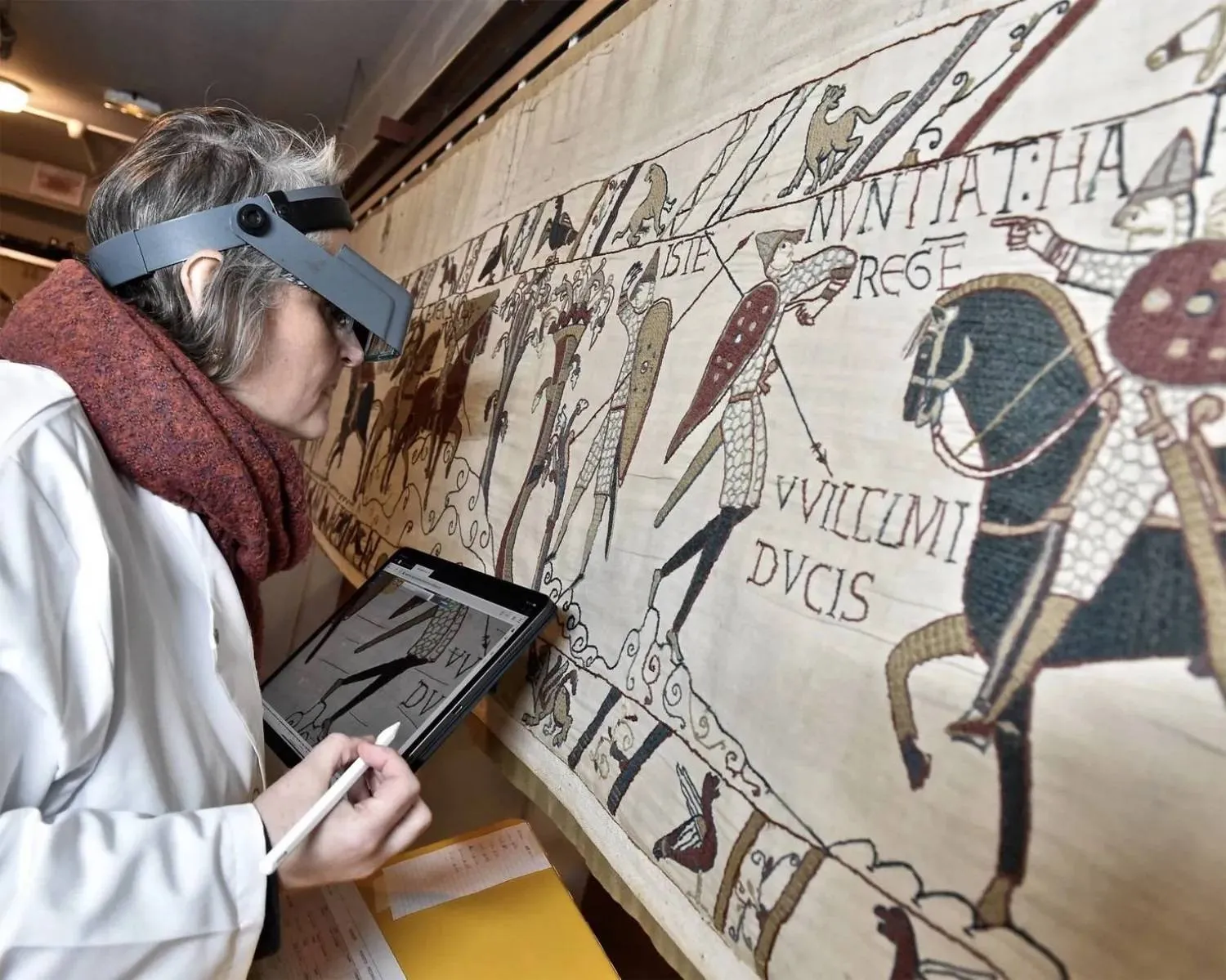Beirut’s Hachette Antoine/Naufal Publishing has recently released a new collection composed of four volumes featuring a selection of Nizar Qabbani’s poems. The four volumes focus on love, women, words, and revolution.
“Every title gives a glimpse about the poems selected for each volume. The books are introduced by authors and poets who loved Nizar Qabbani including Algerian author Ahlem Mosteghanemi, Bahraini poet Parween Habib, Lebanese singer Majida El Roumi, and Egyptian poet Hisham Algakh. The poems are not new, but a selection of Qabbani’s timeless poetry. The late poet left behind many works that have represented a reference and heritage for all Arabs,” the publisher says.
About the “She in his Poems” volume, the publisher adds: “The Arabic audience have known Nizar Qabbani’s poems in songs they became fond of. His easy words have always had great significance. They were simple enough to express the lightness and joy of love, and deep enough to alleviate its pains.
Words that called the beloved woman, pleaded for her kindness, and hailed her superiority like a center of attention and a refuge. Nizar’s words have pictured the woman as everlasting inspiration, unfailing beauty, irreplaceable value, and a living embodiment of kindness and beauty.
The collection includes a volume dedicated to poems that revolve around women. This volume was introduced by Majida El Roumi who sang some of the late poet’s works. “I loved her ideas, and the clarity of her mind before I could even love her voice, she resembles me in my depths as a rebel. She feels the words and delivers them in a remarkable manner,” the late Qabbani had said, describing Majida.









